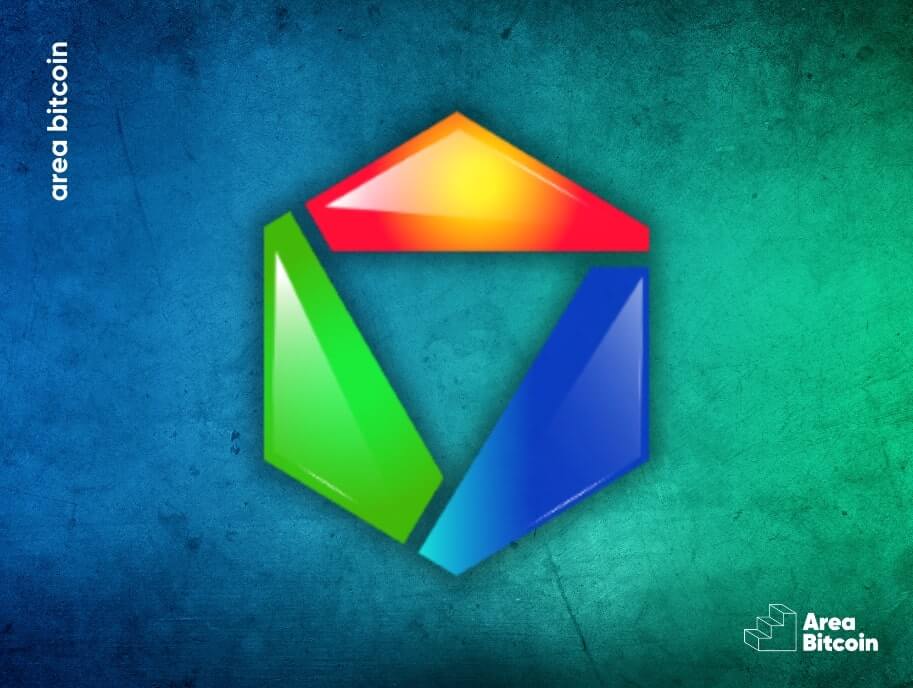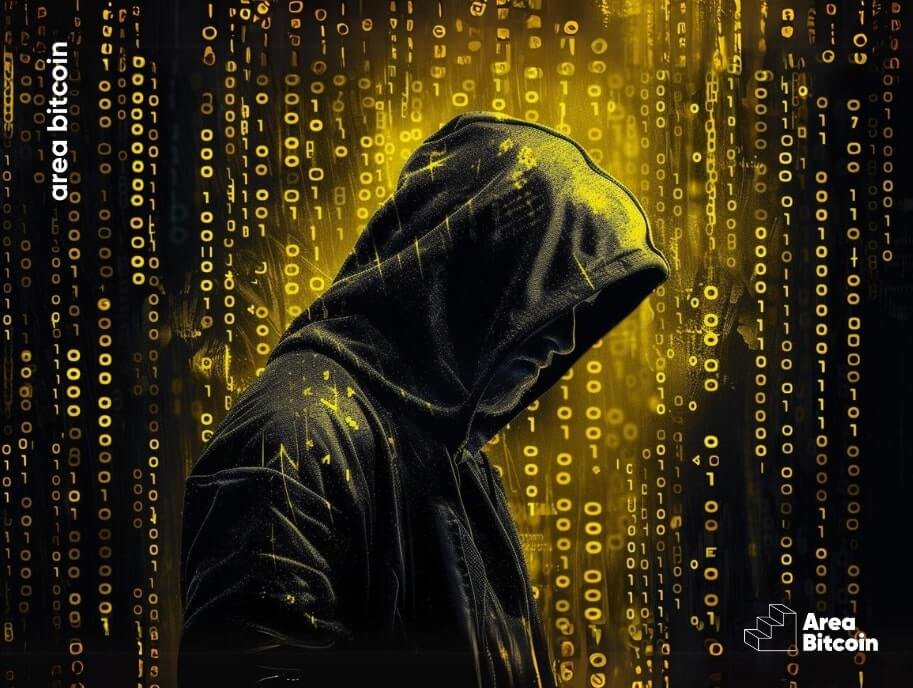Blockchain is the technology that enables the secure, immutable, and transparent recording of information, even among individuals who are unfamiliar with or have never met each other. Furthermore, it is the blockchain that facilitates the digital transfer of values without the necessity of intermediaries, such as banks or notaries.
This technology gained significant recognition through Bitcoin, but what few people know is that blockchain had already existed long before, albeit as a dormant idea, until Satoshi Nakamoto chose to utilize it.
How did blockchain come about?
Blockchain, although it did not have a specific name at the time, was actually created in 1991, almost two decades prior to the emergence of Bitcoin.

The pioneers behind this technology were Stuart Haber and Scott Stornetta. Interestingly, both of them had previously worked at Xerox, a company renowned for inventing the photocopier. It is indeed ironic that they played a significant role in developing a technology that focuses on immutability and prevents the replication of information.
Stuart and Scott felt compelled to create an immutable system of digital records due to a scandal that occurred at the time. The scandal involved a biology article that had been tampered with, as they were able to modify its contents using a special ink.
Both of them were shocked by this and thought: “Well, if it is so easy to falsify data recorded on paper, it is even easier digitally, just press the delete button!”. To solve this, they imagined blocks of information linked to each other in an immutable way, where nothing can be edited or deleted.
In 1992, Stuart and Scott incorporated cryptography into this mechanism. However, until 2008, this invention remained nameless and lacked a concrete use case. Interestingly, even in the Bitcoin white paper authored by Satoshi Nakamoto, the word “BLOCKCHAIN,” as we commonly refer to it today, did not make an appearance.
Satoshi referred to blocks of information (blocks) and chain data (chain) using hash functions. But since the word block and the word chain appear so often in the whitepaper, it was natural to unite the two and call this system BLOCKCHAIN.
However, the name of Stuart Haber and Scott Stornetta is referenced by Satoshi Nakamoto in the Bitcoin white paper. See below.

The meaning of blockchain
The literal meaning is a chain of blocks, blocks of information linked to each other.
It’s like a digital fabric, you can’t pull the middle block in the chain without affecting the following blocks. Just like when you pull the thread of fabric and change all the seams that follow, blockchain is like a digital seam. If it is changed, everyone will realize that there is a cob, that there is something wrong with that point in the chain.
Once registered on the blockchain, the information is recorded in the blockchain’s history. This is why the blockchain also serves as a timeline where facts cannot be modified, making it an immutable and irreversible network.
To modify the Bitcoin blockchain, for example, the only opportunity you have is during the initial moments when the blocks have just been created. It is possible to attempt to reverse these blocks. However, accomplishing this would require an absurd amount of computational power to gain control of at least 51% of the network, as well as a very narrow time window averaging between 10 to 30 minutes. Such an endeavor would cost billions of dollars, even with the possibility of not being able to execute an effective attack. At most, it may only be possible to reverse a mempool transaction rather than the entire block.
That is precisely why, after the creation of 6 blocks or approximately an hour on average, the information is considered immutable. With each newly created block, the difficulty and cost of reverting information increase significantly.
In this regard, the Bitcoin blockchain stands out as the longest and most challenging to hack due to the immense computational power it requires. Consequently, it is widely regarded as the most secure blockchain available to date.
The role of miners
This information is inserted into the network by super-powerful computers called miners. They solve a cryptographic puzzle of sorts. When they find the correct piece of information, the network validates the answer, records the block on the blockchain, and the miners receive Bitcoin as a reward for lending their computing power to operate the network. This mechanism is known as proof of work, and it generates new coins that have already been programmed by the protocol as blocks of information are created.
It works like a game, where the computer that solves the cryptographic problem first receives the round’s Bitcoin.
Miners compete with each other all the time to see who comes first in the result to receive the block’s bitcoins, and there are few available; only 21 million Bitcoins will be created by the year 2140.
How does blockchain work?
Let’s assume we are examining the Bitcoin blockchain. Each block contains information regarding financial transactions conducted on the network. For instance, it includes details such as address A sending 2 bitcoins to address B, as well as a digital date and timestamp.
All this data forms the content of each block and is randomly mixed and hashed.
What is Hash?
Hash is an encrypted code, like the one below in the photo, which summarizes and identifies everything that is inside that block of information.

It is from the hash that the magic works.
After creating the HASH1 of block 1, it will be inserted together with the content of the next block, block 2, which will be from HASH2.
Therefore, HASH2 summarizes all the content of its block and also of the previous block because HASH1 was inserted inside the content of block 2:

And so on…HASH3 will be the cryptographic summary of block 3, which also contains in its content the HASH of block 2, which is earlier.
It is through these hash functions that the chaining of the network takes place. That is, the following blocks will always have a summary of the previous blocks.
Why is blockchain immutable?
Blockchain technology can also be considered a distributed ledger system. All computers that help process the network have copies of all the blocks of information ever created.
If any information is changed, such as a comma, a space, an accent, or anything, it will change the block hash and will not match the entire chain of hashes already consolidated. Bitcoin network will not accept this change because it does not match the copy of the blockchain that everyone has saved on their computers.
This is why the Bitcoin blockchain is an extremely resilient and intelligent mechanism cause it is indeed decentralized. You are no longer dependent on a single server to store information. The data is distributed with thousands of copies.
To destroy the Bitcoin blockchain, you would need to destroy every copy that exists.
This system also guarantees that no data is lost, everyone can verify the veracity of the records, and everything is done in real-time in a synchronized and transparent way.
In addition, anyone can audit the network, which increases security, efficiency, and confidence in records and eliminates the need for third parties or intermediaries as a single source of information.
Blockchain’s greatest asset is this: eliminating the need for intermediaries.
A network like Bitcoin, which decentralizes trust, may find its initial use case in the realm of money. The financial system is heavily reliant on intermediaries, be it for the creation of currency and implementation of monetary policies (central banks) or for the distribution of currency to the general population (commercial banks).
But as Satoshi rightly said, our history is full of violations of that trust, whether by Central Banks manipulating monetary policies and inflating their own currency or via commercial banks creating mechanisms that make it difficult for people to access their own money.
Have you ever tried to withdraw large amounts from your bank account?
If you’ve already done this, you’ve certainly needed to go through the bank manager’s approval. This shows us how much we are not free to handle our own money. We always need to ask permission and be dependent on these intermediaries.
Other blockchain use cases
Several industries are using centralized blockchains.
Use cases range from automating records of a production line to ensuring that information is not lost or modified over time, to recording votes, authorship, or contracts, and even tokenizing assets from the traditional financial system.
This last use case is one of the most used today by banks and financial institutions and is starting to gain traction as it streamlines processes, lowers costs, and creates a secondary market for stocks and bonds that were previously not possible.
But it is important to emphasize that in these cases, the blockchains used have centralization characteristics and are nothing like the Bitcoin blockchain.
What is the difference between Bitcoin and blockchain?
Bitcoin is a specific cryptocurrency that operates on a decentralized network, while blockchain is the underlying technology that powers Bitcoin and other cryptocurrencies.
Blockchain technology by itself is not magic. It’s no use using blockchain at all and thinking that this alone makes records immutable and irreversible.
Blockchain only has these properties if it is decentralized, and true decentralization only happens in Bitcoin.
Moreover, it serves as a database managed by companies, which centralizes decision-making power.
This centralization defeats the point of using blockchain and not other conventional ledger mechanisms.
The value of Bitcoin is precisely in the decentralization and in the union of several technologies, such as blockchain and proof of work, that, in a specific configuration, make this network safe a truly decentralized.
Blockchain and decentralization go hand in hand
For a decentralized network to function properly, it must possess the following characteristics:
Neutral
No matter who you are, where you live, what you look like, or which political party you belong to, nothing about you will prevent you from utilizing the network. Your transaction will be propagated regardless of any personal attributes, unlike what occurs in the traditional financial system.
In the traditional system, if you fail to provide an address and a valid ID, you will be unable to open a bank account, effectively being excluded from the system.
No borders
Just like the internet, a decentralized network does not belong to any specific country; it exists everywhere, particularly as money has transformed into digital information.
Bitcoin, on the other hand, does not have an allegiance to any particular country. It belongs to all nations, which prevents it from being categorized as a foreign currency due to the absence of a central issuing authority.
This transformative shift in the global landscape of geopolitics is placing Central Banks in a challenging position. Bitcoin has the potential to detach money from the control of the state, similar to how it separated religion from the state in the past.
Open
Anyone can access it. Just connect to the network. There’s no way to stop people from accessing it.
Censorship Resistant
This implies that the network cannot be halted since money serves as a language and communication system for expressing value.
Moreover, freedom of speech is recognized as a fundamental human right.
While numerous governments may not align with this notion, it is worth noting that throughout history, governments have often disagreed with various demands made by the people.
Public
This signifies that the data is accessible to everyone for verification purposes. Consequently, it becomes impossible for anyone to deceive or monopolize this information.
The profound financial revolution acknowledges that money has transformed into software, a protocol. It is no longer solely defined by fiat or dictated terms.
As our perception of the tangible nature of money undergoes a shift, people are regaining trust in the value of assets through this financial revolution. It reassures us that money can no longer be tampered with, inflated, or corrupted by the whims of others.
Although there are several other altcoin projects with their own blockchains, they definitely do not have all the features of the decentralization that the Bitcoin blockchain has.
Conclusion
Bitcoin is a lot like the internet at its inception, an open protocol that everyone can participate in and use however they want.
Blockchain is just a cog in this gear. And if the internet has already changed life on planet Earth, imagine what Bitcoin will do in the coming years.
If you want to delve into Bitcoin and take advantage of the next waves of appreciation of this technology that is advancing in adoption worldwide, our Bitcoin Starter course is your starting point.
Opt Out.
Share on your social networks:

One of the leading Bitcoin educators in Brazil and the founder of Area Bitcoin, one of the largest Bitcoin schools in the world. She has participated in Bitcoin and Lightning developer seminars by Chaincode (NY) and is a regular speaker at Bitcoin conferences around the world, including Adopting Bitcoin, Satsconf, Bitcoin Atlantis, Surfin Bitcoin, and more.
Did you like this article? Consider buying us a cup of coffee so that we can keep writing new content! ☕







